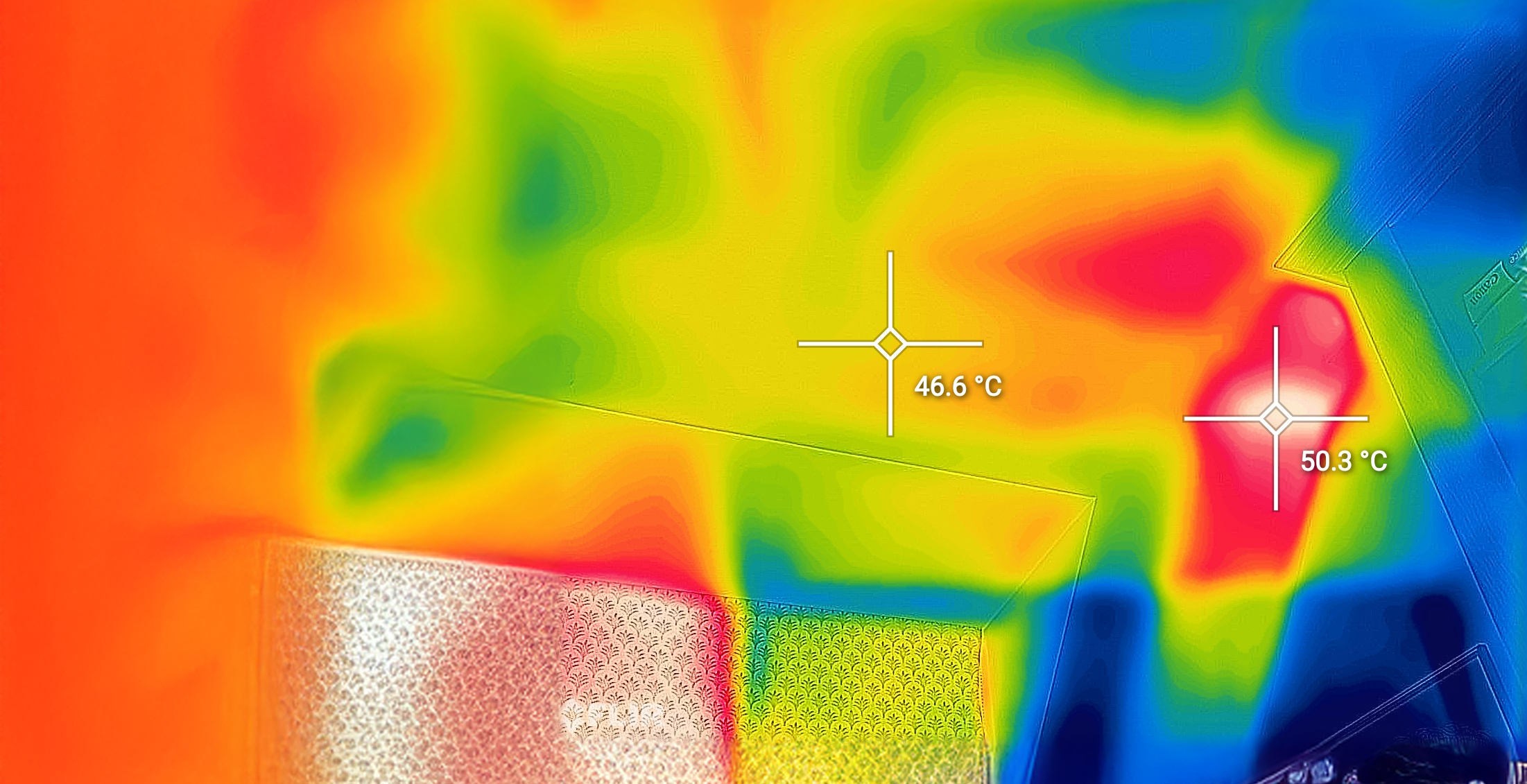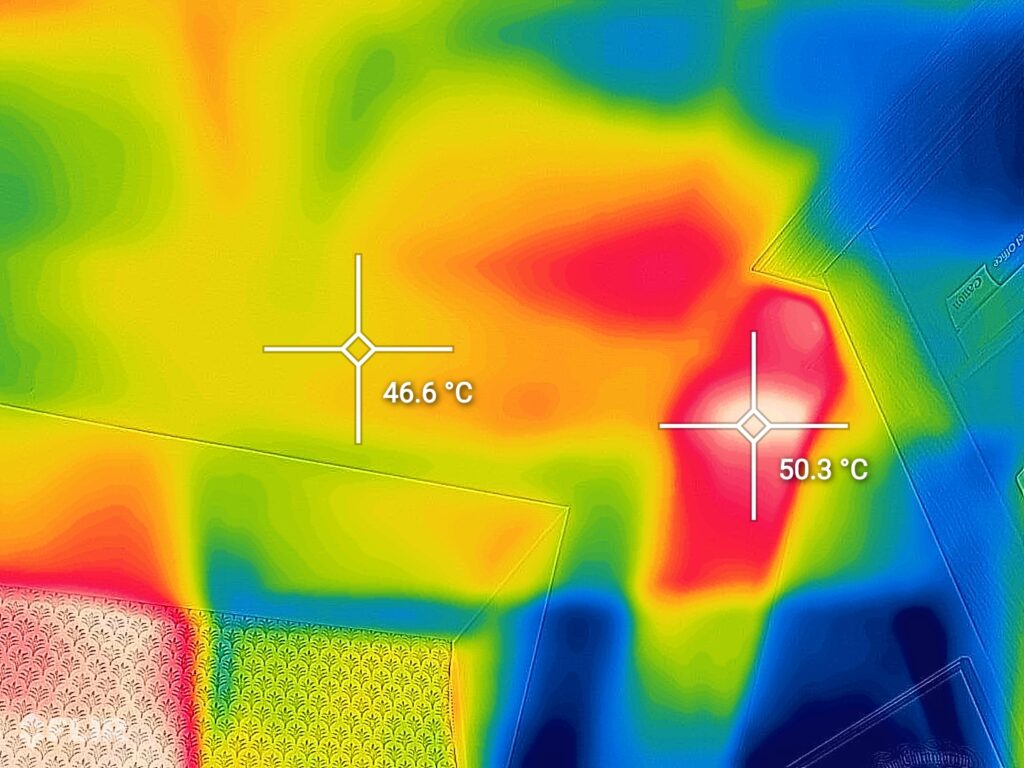
Feeling the heat?
You’re not alone. We’re hearing from more and more people with the same problem – bedrooms too hot to sleep in, loft conversions that never cool down, rooms that feel like ovens even at night.
The truth is, most UK homes just aren’t built for this kind of heat. As heatwaves become more common, we need to stop treating them as rare events – and start making our homes fit for the future.
So what’s going on? And what can you do about it?
If your home struggles to stay cool, the problem might not be what you think. It’s often not fans or windows – it’s the fabric of the building itself. And the surprising solution? Insulation.
Struggling with the heat at home? If you live in Oxfordshire, we can help you make sense of what’s going on – and talk through some practical ideas that might help. Just send us a quick message.
And it’s not just about comfort. Once indoor temperatures rise above 24°C, the risk of heat-related health problems increases – especially for older people, young children, and anyone with a heart or respiratory condition. The UK’s ageing housing stock is among the worst in Europe when it comes to coping with extreme heat.
A clear picture of the problem
Take a look at the thermal image below. It shows the plasterboard ceiling inside an Oxfordshire home during a hot day. With no loft insulation, the temperature on the ceiling shot up to over 50°C – with heat flooding into the rooms below.
That kind of invisible heat gain makes everyday life much harder – especially at night when you’re trying to sleep.

Humidity makes things worse
Hot weather and high humidity are a bad mix indoors. When air is damp, it becomes harder for sweat to evaporate – making it much more difficult for our bodies to cool down.
That’s why managing moisture is a key part of staying healthy and comfortable in summer. Breathable insulation materials can help regulate indoor humidity, avoiding the trapped, stuffy feeling that’s common in poorly ventilated homes.
Where insulation helps
It’s not just about the loft. Insulating walls, roofs, and floors – especially in converted lofts or sun-facing rooms – can all make a big difference. And when done with the right materials, you’ll feel the benefit year-round.
How insulation keeps homes cooler
Insulation works both ways. In winter, it keeps warmth in. In summer, it keeps excess heat out – helping your home stay cooler for longer.
Natural materials like woodfibre do this especially well. They have high thermal mass, meaning they absorb heat slowly and release it gradually. That can delay heat build-up inside your home by 8 to 12 hours – keeping things cooler during the day and more comfortable overnight.
Independent tests show that breathable, natural insulation outperforms many plastic-based alternatives in extreme heat. In fact, natural options typically have five to ten times the thermal storage capacity – helping keep indoor temperatures more stable, even in a heatwave.
Do you really need air-con?
Sales of air conditioning units have surged – along with energy use and carbon emissions. But natural insulation offers a lower-carbon, low-maintenance, as well as a long-term alternative to mechanical cooling. Get it right, and you may not need to plug anything in at all.
Real homes, real benefits
Ironically, most people come to us looking to stay warm in winter – but the bonus is often a cooler home in summer.
One 1930s end-of-terrace house we supported wrapped the entire home in external insulation. The result? Year-round comfort, and proof that good insulation works both ways.
Time to cool things down? Let’s talk
If your home’s too hot in summer and too cold in winter, you’re not alone – but there is a better way. We can’t fix it overnight, but we can help you plan ahead.
Smarter insulation can make your home cooler in summer, warmer in winter – and more comfortable all year round.
Get free advice on making your home cooler

Live in Oxfordshire and not sure where to start? Arantxa, one of our experienced advisers, is here to help you understand what’s going on – and talk through what might work for your home. Call 0330 223 2742, or send us a quick message.
Why now matters
It’s not just about comfort today – it’s about protecting your home, your health, and the climate.
With heatwaves becoming more frequent, now is the time to act. Insulating your home helps reduce indoor overheating and lowers the carbon emissions driving climate change.
The sooner you act, the better your home will feel.
We’re here to help you take the first step – and get it right.
